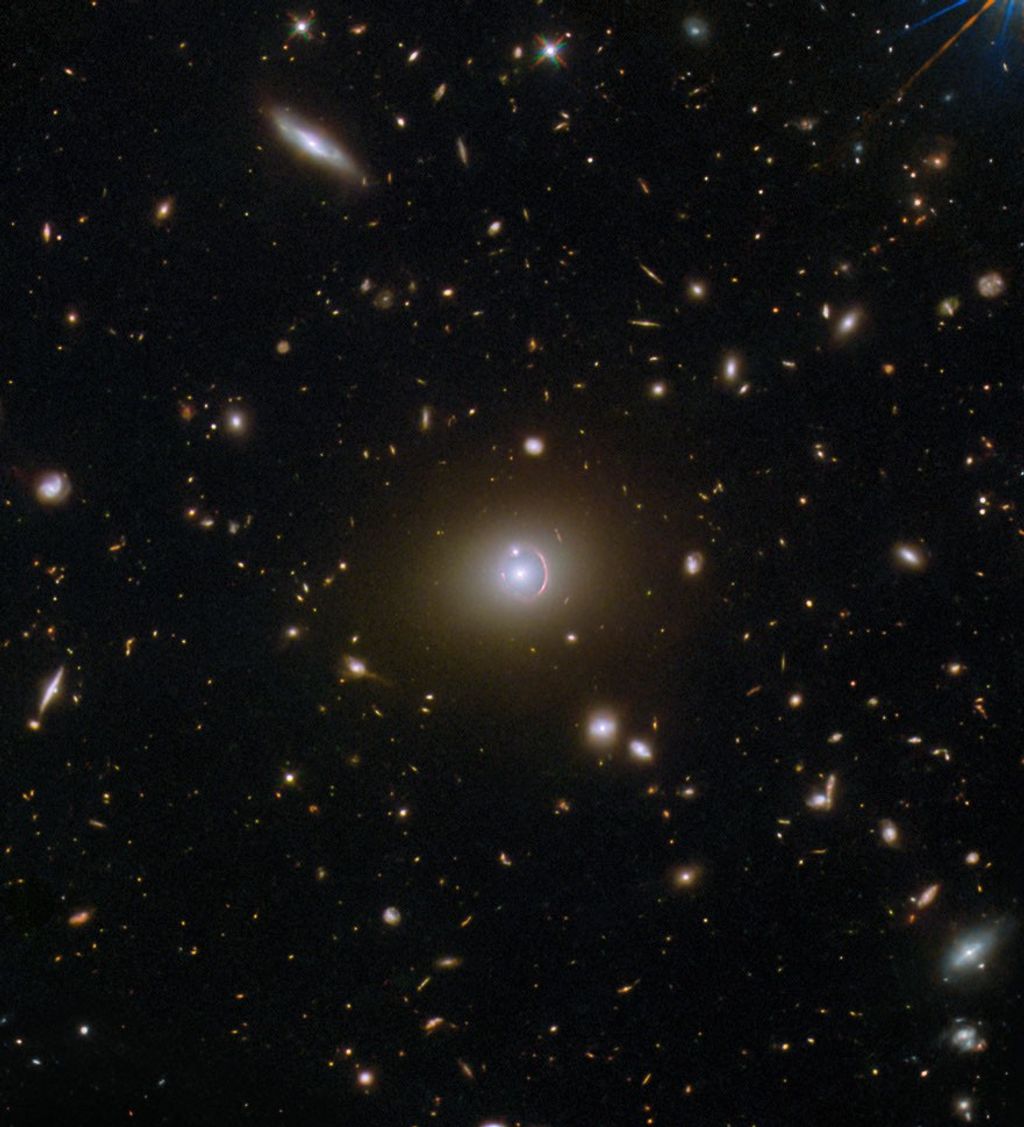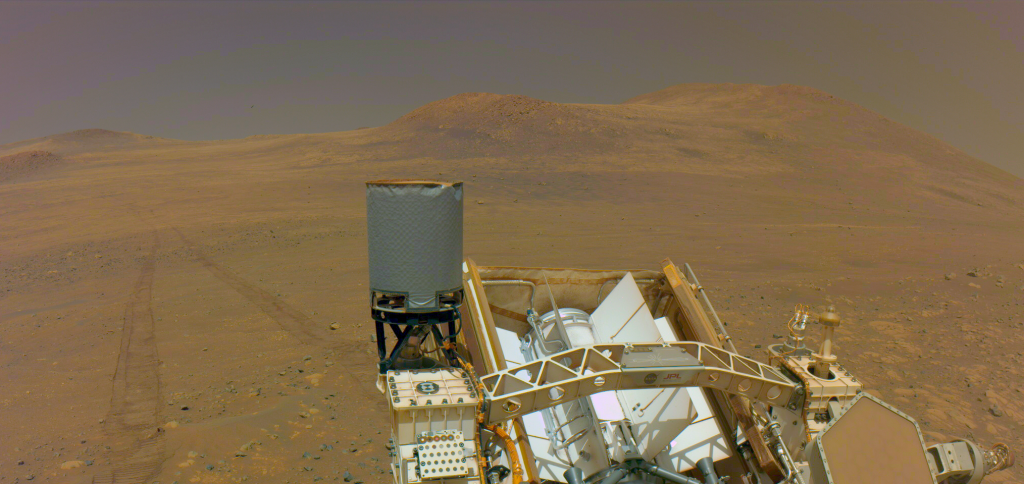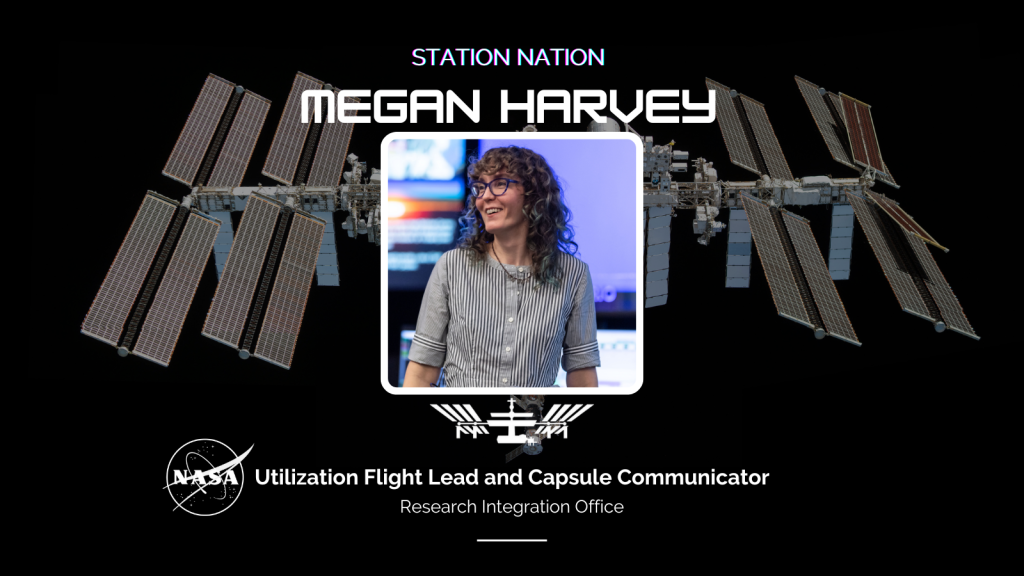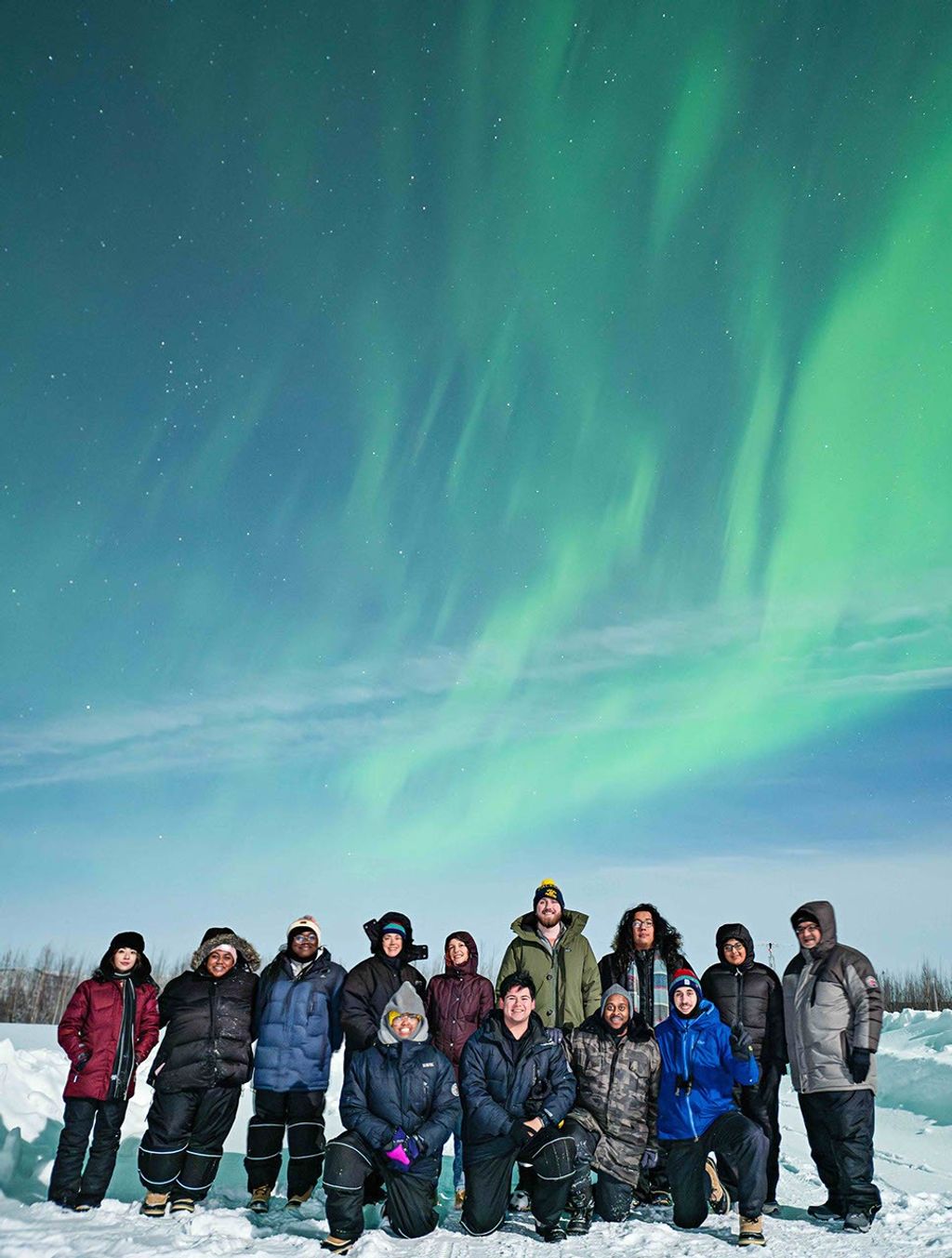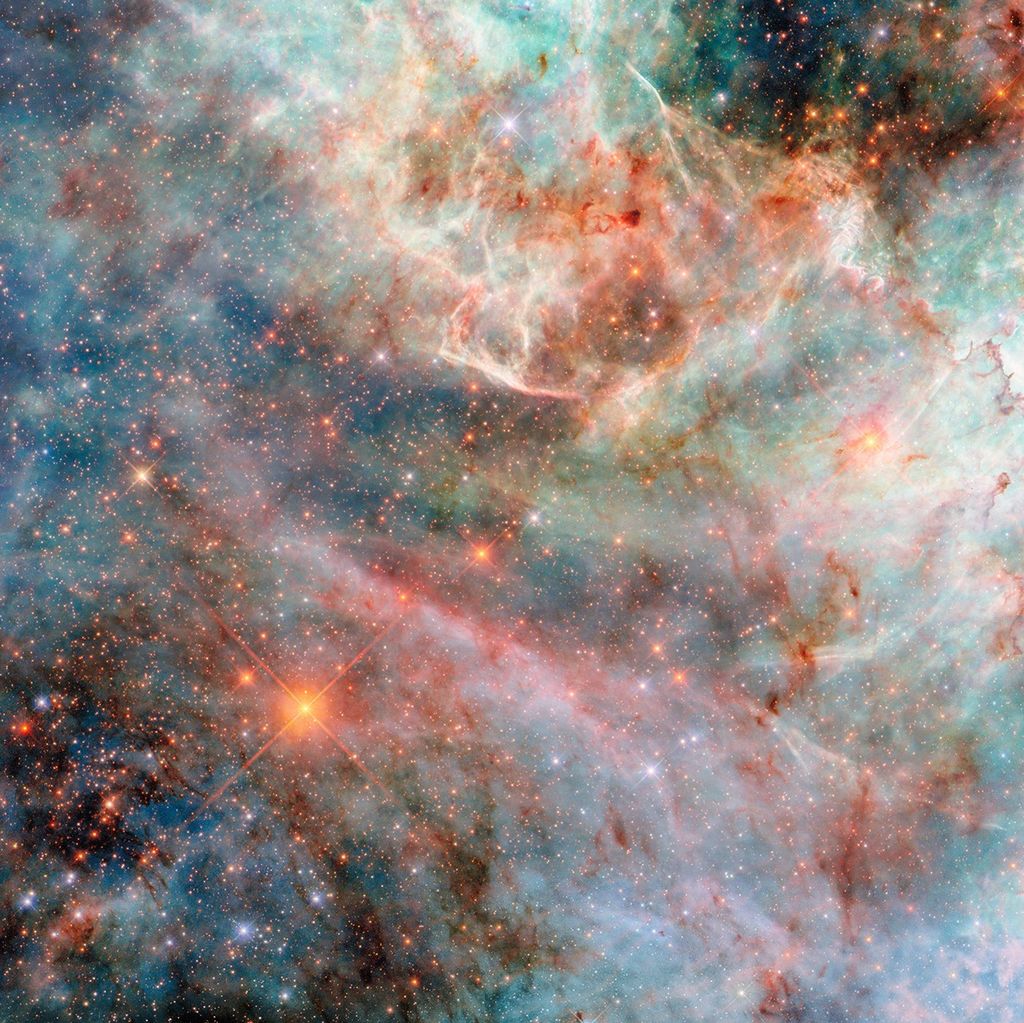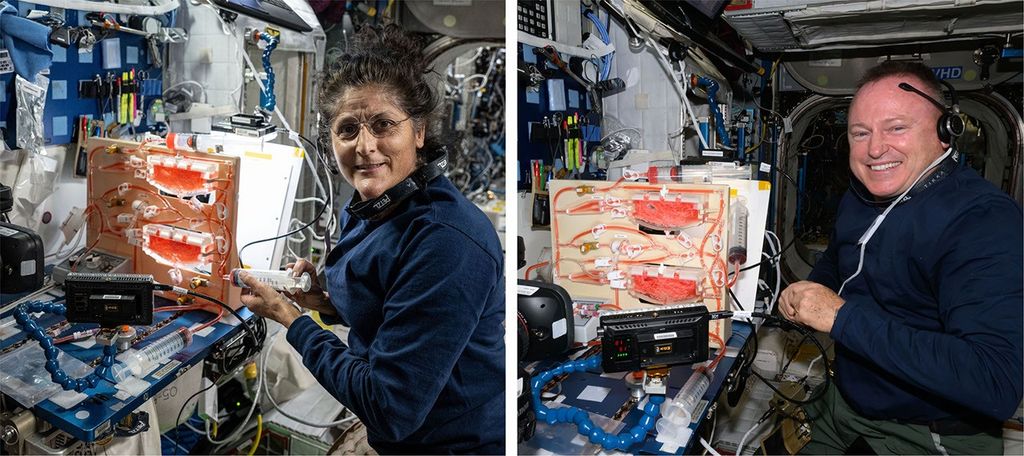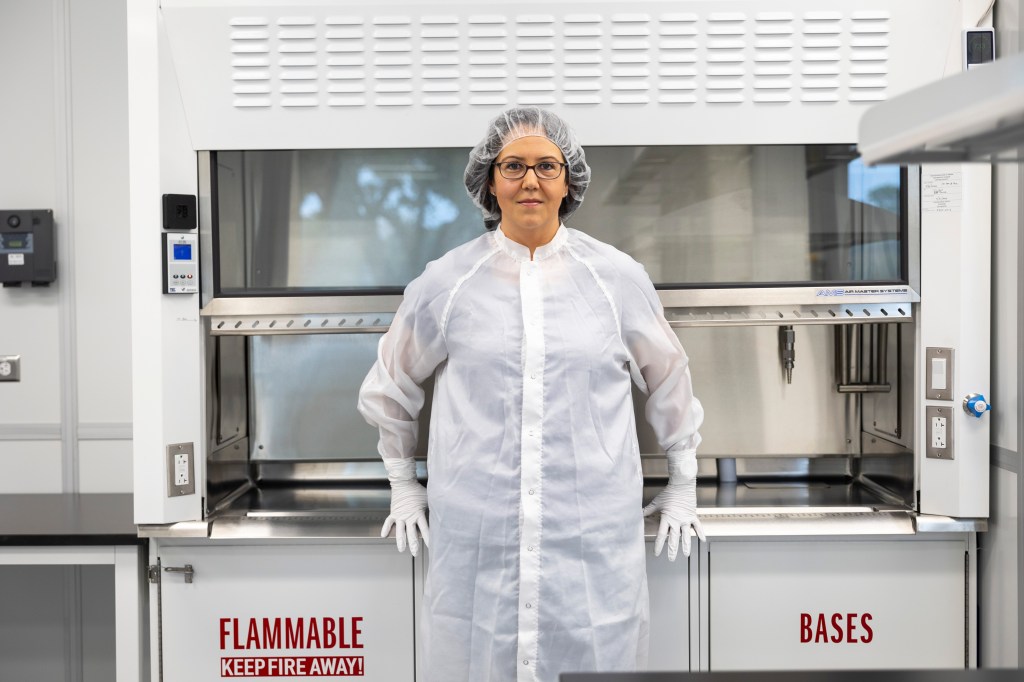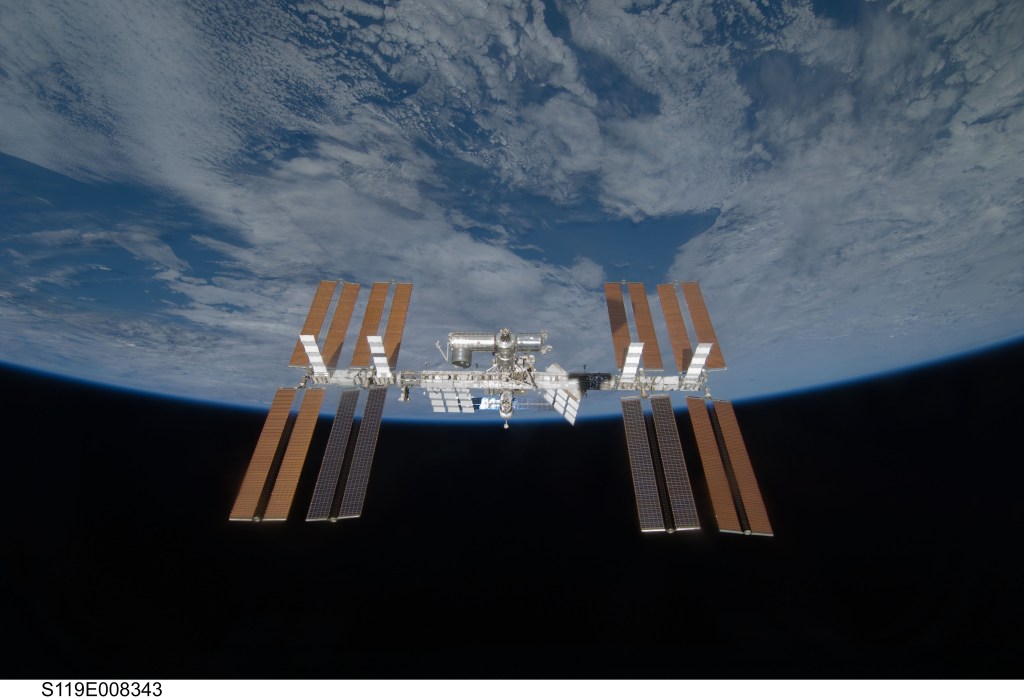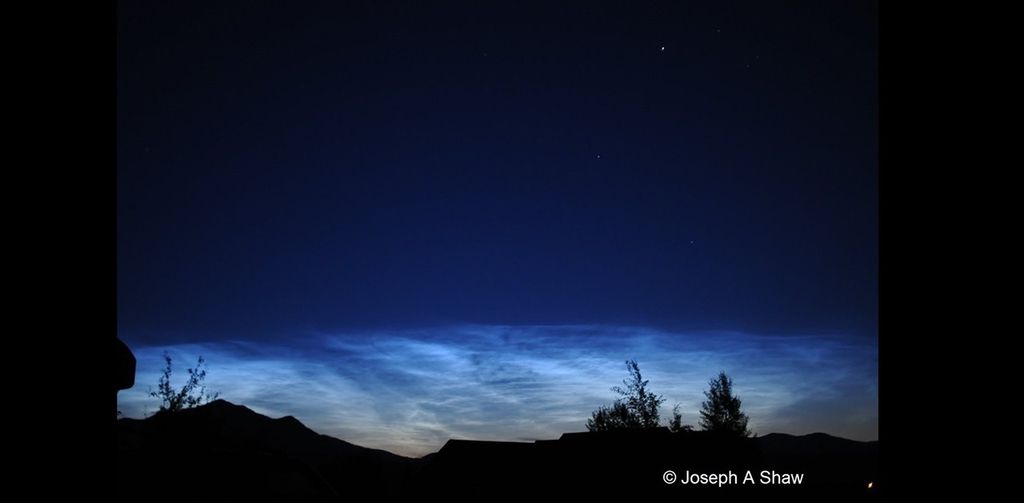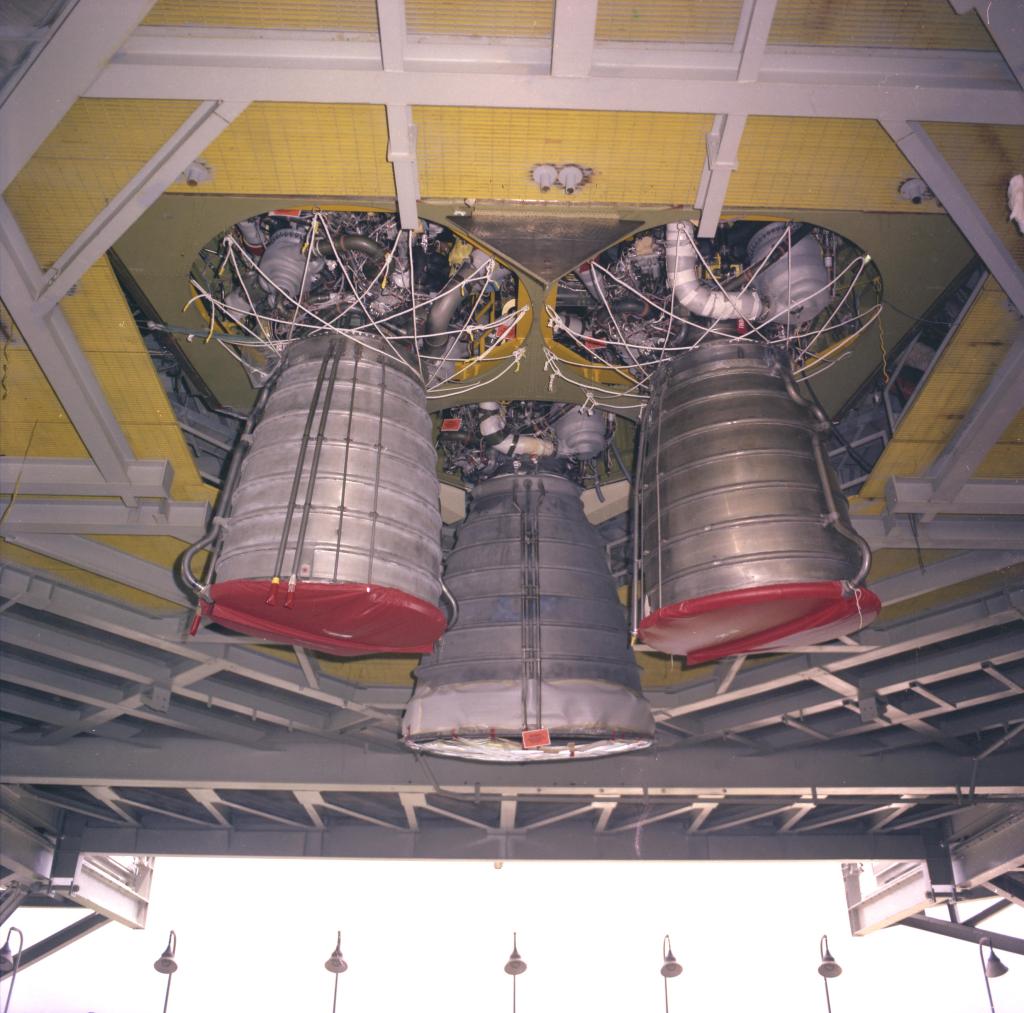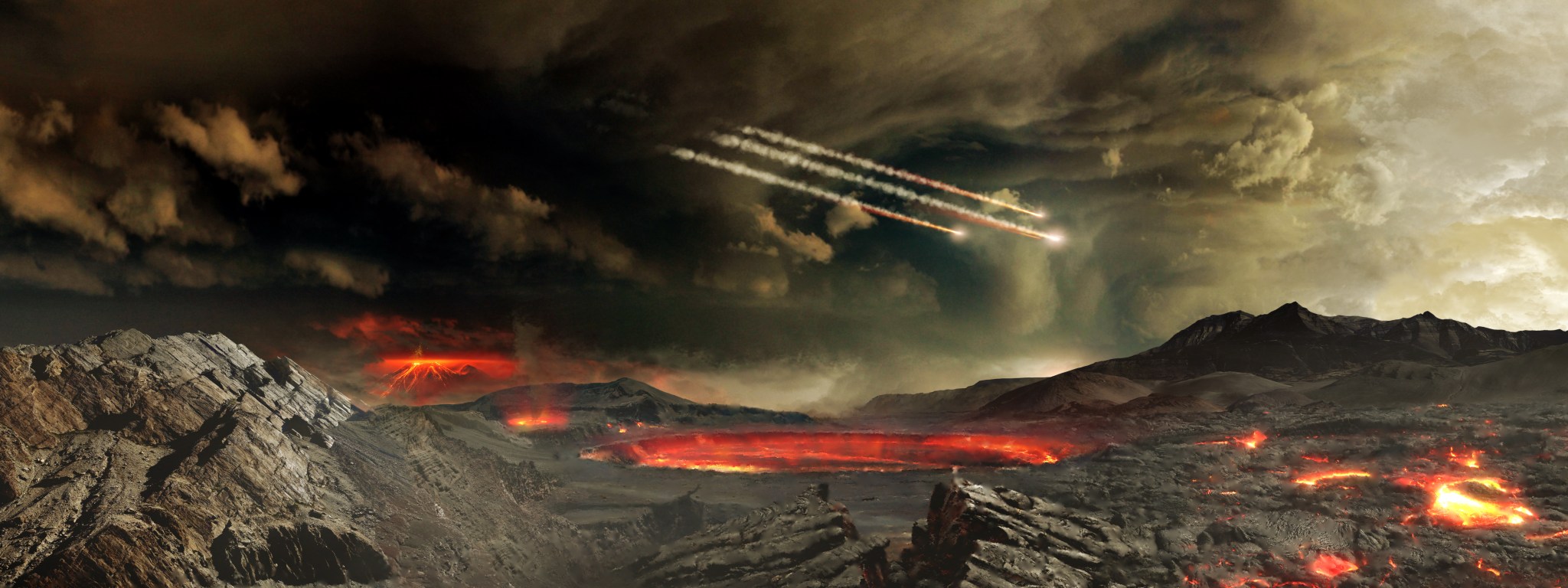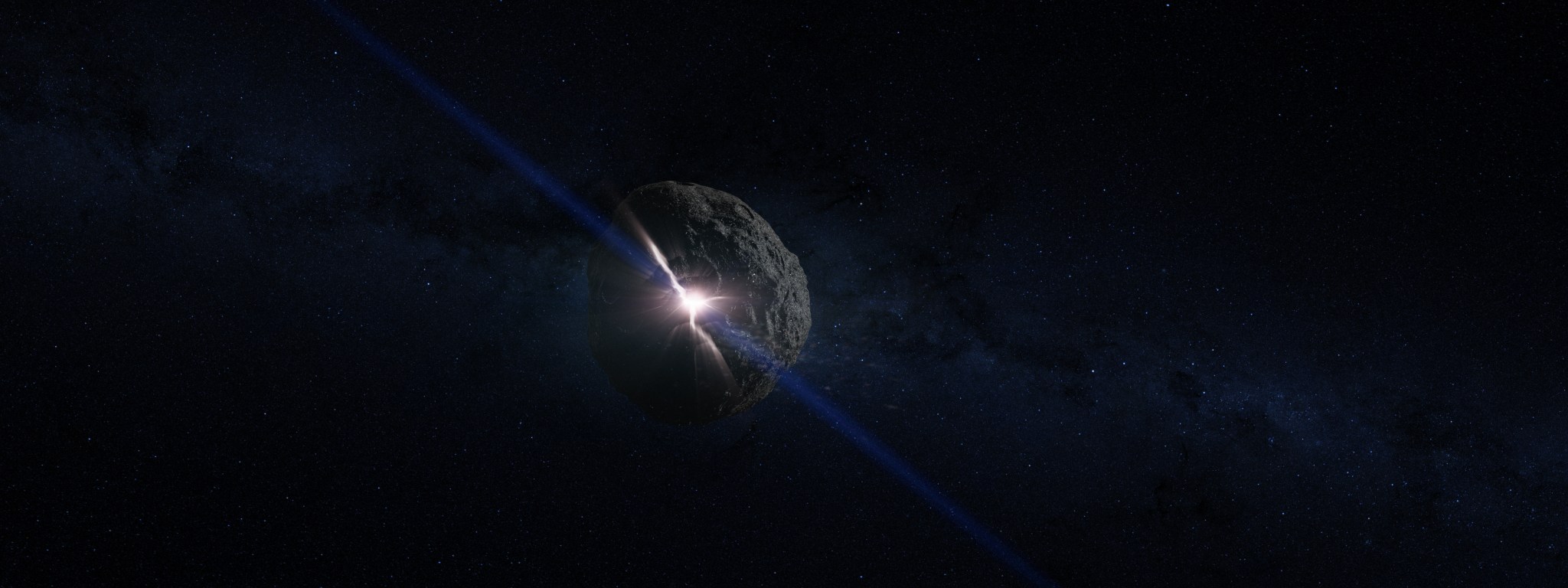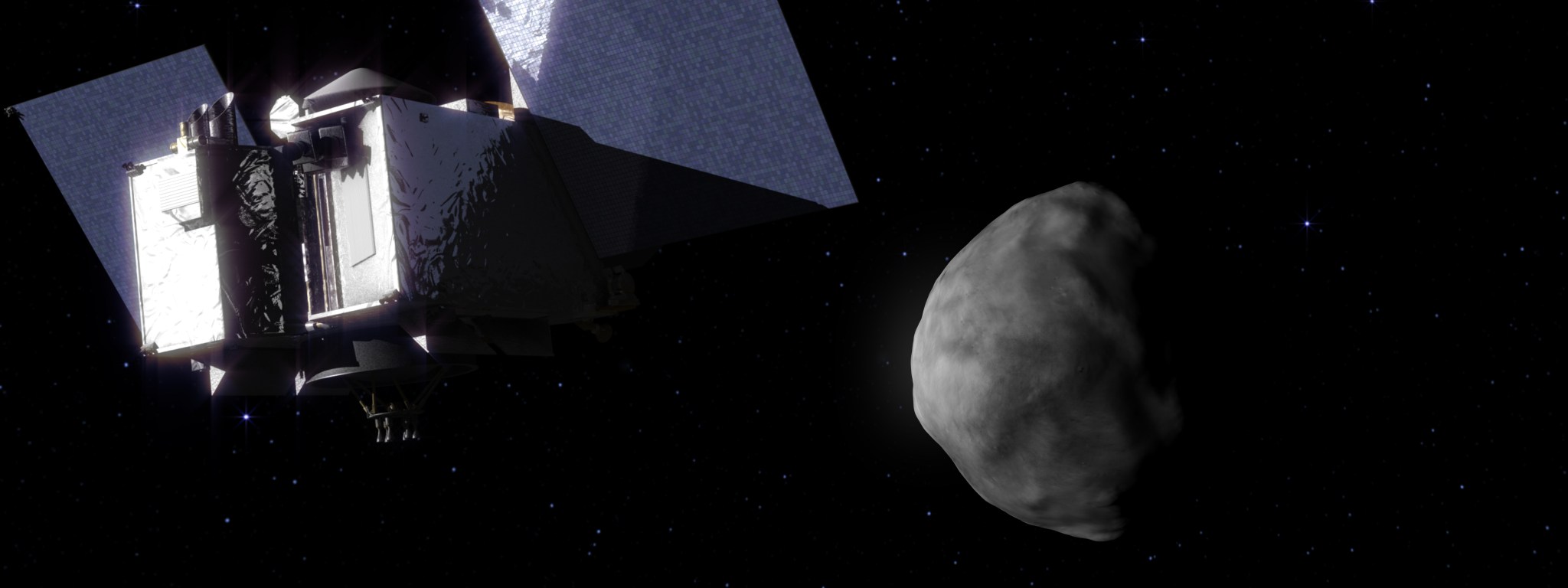Born from the rubble of a violent collision, hurled through space for millions of years and dismembered by the gravity of planets, asteroid Bennu had a tough life in a rough neighborhood: the early solar system. “Bennu’s Journey,” a new animation created at NASA’s Goddard Space Flight Center in Greenbelt, Maryland, shows what’s known and what remains mysterious about the life of Bennu and the origin of the solar system.
Credits: NASA’s Goddard Space Flight Center Conceptual Image Lab Download video
“We are going to Bennu because we want to know what it has witnessed over the course of its evolution,” said Edward Beshore of the University of Arizona, Deputy Principal Investigator for NASA’s asteroid-sample-return mission OSIRIS-REx (Origins, Spectral Interpretation, Resource Identification, Security – Regolith Explorer). The mission will be launched toward Bennu in late 2016, arrive at the asteroid in 2018, and return a sample of Bennu’s surface to Earth in 2023. “Bennu’s experiences will tell us more about where our solar system came from and how it evolved. Like the detectives in a crime show episode, we’ll examine bits of evidence from Bennu to understand more completely the story of the solar system, which is ultimately the story of our origin.”
The video opens with an establishing shot of the galaxy and moves in to a nebula – a vast cloud of gas and dust ejected from the explosions of dying stars. From observations of other star-forming regions in our galaxy, scientists have a good idea of the basic outlines of how our solar system came to be, according to Beshore. As shown in the animation, a nearby exploding star disrupts material in the nebula, causing part of it to collapse under its own gravity and form a disk of material surrounding the infant sun.
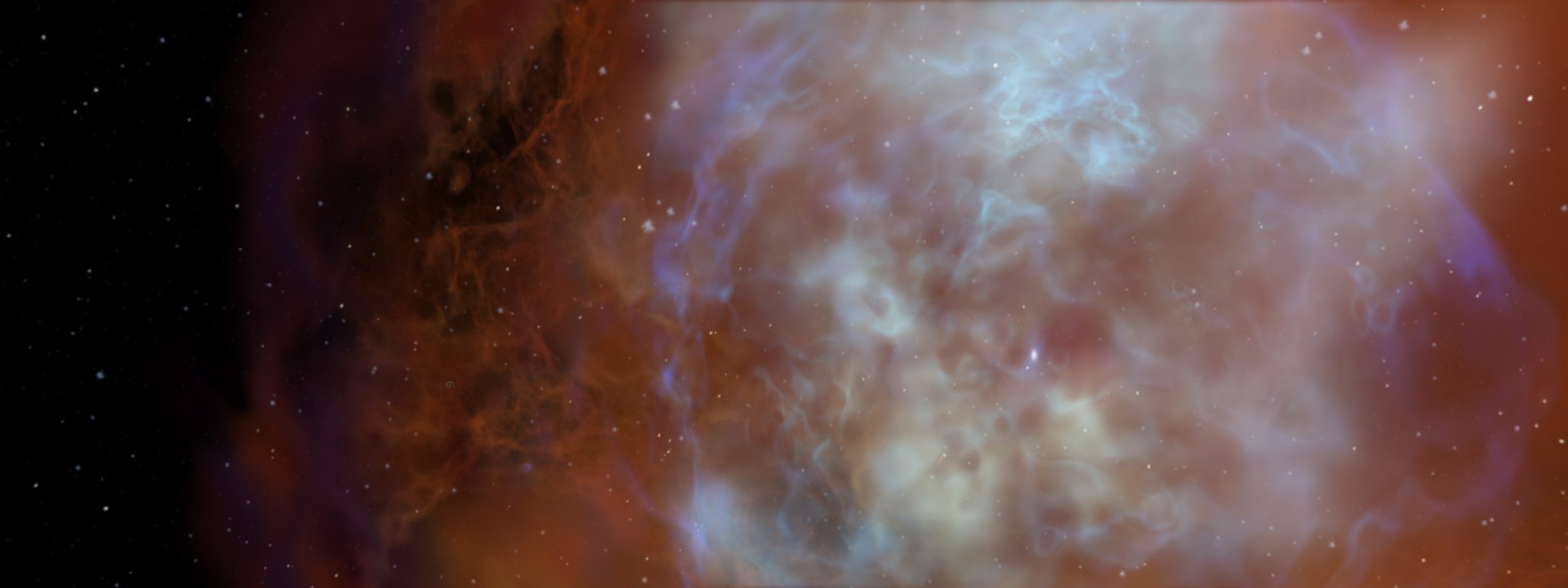
Within this disk, bits of dust are flash heated to molten rock and solidify to become chondrules — some of the building blocks of the solar system. Chondrules are shown in the animation as they clump together via electrostatic and gravitational forces to become asteroids and planets.
Chondrules may make up a large part of the material in Bennu. “On planets like Earth, the original materials have been profoundly altered by geologic activity and chemical reactions with our atmosphere and water. We think Bennu may be relatively unchanged, so this asteroid is like a time capsule for us to examine,” said Beshore. By analyzing the sample collected from Bennu, the OSIRIS-REx team will be able to examine some of the most pristine material to be found anywhere in the solar system.
Bennu may also harbor organic material from the young solar system. Organic matter is made of molecules containing primarily carbon and hydrogen atoms and is fundamental to terrestrial life. The analysis of any organic material found on Bennu will give scientists an inventory of the materials present at the beginning of the solar system that may have had a role in the origin of life. “By bringing this material back to Earth, we can do a far more thorough analysis than we can with instruments on a spacecraft, because of practical limits on the size, mass, and energy consumption of what can be flown,” said Beshore. “We will also set aside returned materials for future generations to study with instruments and capabilities we can’t even imagine now.”
The mission also will contribute to NASA’s Asteroid Redirect Mission (ARM), which will identify, capture and redirect a near-Earth asteroid to a stable orbit around the moon, where astronauts will explore it in the 2020s, returning with samples. ARM is part of NASA’s plan to advance new capabilities needed for future human missions to Mars. OSIRIS-REx also will support the agency’s efforts to understand the population of potentially hazardous near-Earth objects and characterize those suitable for future asteroid exploration missions.
The early solar system was quite chaotic. Giant impact craters throughout the inner solar system indicate there may have been a “late heavy bombardment” by asteroids approximately 4.1 billion to 3.8 billion years ago, right around the origin of life on Earth. The video illustrates one theory for this. The massive “gas giant” planet Jupiter began to migrate inward closer to the Sun due to gravitational interactions with the outer gas giant planets. Jupiter’s gravity disrupted the asteroid belt, tossing many asteroids closer to the Sun, where some collided with the terrestrial planets, including Earth. This asteroid bombardment may have been a significant source of organic matter and water for the early Earth.
After this bombardment, things calmed down a little, but massive collisions still happened occasionally, like the one the video shows happening between an asteroid and a planetesimal about one billion years ago. Scientists think a collision like this may have resulted in the birth of Bennu, and the video illustrates the asteroid forming as some of the rubble from the collision slowly coalesces under its own weak gravity.
Measurements reveal that Bennu’s density is less than that of rock, so scientists think the asteroid may have voids in its interior, according to Beshore. An asteroid like this is called a “rubble pile” — a loosely bound collection of boulders, rock, and dust.
Bennu is also quite dark. Like an asphalt road on a hot day, it absorbs most of the sunlight that hits it and later radiates this energy away as heat. This radiation gives Bennu a tiny push, called the Yarkovsky effect, which gradually changes its orbit over time. The animation shows how the Yarkovsky effect causes Bennu to migrate until it encounters a so-called gravitational resonance with the planet Saturn. Regular tugs by this resonance eventually push Bennu into the inner solar system, where it has repeated close encounters with Venus and Earth. These encounters pull apart the rubble pile that is Bennu, turning it inside out and reshaping the asteroid.
Because Bennu comes close to Earth, there is a tiny chance – about 1 in 2,500 – that it could hit Earth late in the 22nd century, according to Beshore. “We’ll get accurate measurements of the Yarkovsky effect on Bennu by precisely tracking OSIRIS-REx as it orbits the asteroid,” said Beshore. “In addition, the instrument suite the spacecraft is carrying is perfectly suited to measure all the things that contribute to the Yarkovsky effect, such as composition, energy transport through the surface, temperature, and Bennu’s topography. If astronomers someday identify an asteroid that presents a significant impact hazard to Earth, the first step will be to gather more information about that asteroid. Fortunately, the OSIRIS-REx mission will have given us the experience and tools needed to do the job.”
The animation ends with the OSIRIS-REx spacecraft entering orbit around Bennu to tell the tale of the asteroid’s long, strange trip, a journey that promises to reveal the secrets of the solar system and perhaps our own origins.
The animation is among the most highly detailed productions created by Goddard’s Conceptual Image Laboratory (CI Lab), and as such presented significant challenges to realize. Rendered in an 8 by 3 Cinemascope aspect ratio at 5,670 by 2,180 pixels, it has even higher resolution than the 4K “Ultra High Definition” (4K UHD) resolution now being introduced as the next-generation high-definition television format.
“This was done for two reasons; first, with the cinemascope aspect ratio we could take advantage of the extra screen room for a more cinematic design and it would also play well on larger-format screens like IMAX and NASA’s hyperwall,” said CI Lab Senior Animator Walt Feimer, who was also a producer on the project. “The second advantage was by mastering at the higher resolution we only had to render one time. By keeping the action in the animation in the 16 by 9 aspect ratio, we could cut the animation down to 4K UHD and from there it could be scaled to any of our usual animation products.”
One of the major challenges in the movie was with the texture maps; since the format was so large the textures had to dramatically increase in size to hold up at resolution without breaking down visually, according to Feimer. The team also spent a lot of time creating the look and feel of the gases used in the nebula and early solar system scenes.
The enormous size of the animation required significant computer time to render, so it was important to minimize changes through close coordination among the science team, the production team, and the script writers.
“Ed Beshore and Dante Lauretta, the OSIRIS-REx Principal Investigator, held a series of early meetings with me and the animation team – Walt Feimer and Michael Lentz – to discuss the history of Bennu and sketch out the video’s narrative arc,” said Daniel Gallagher of Goddard Media Studios, a writer and a producer on the project. “Then Walt and Michael began creating storyboards and I began writing narration, based on our meetings and on various science articles. The earliest scripts were densely packed with information but didn’t quite capture the epic feel that we were aiming for, so we brought in fellow writer/producer Michael Starobin to rethink the tone of the narration. After some back and forth, the team arrived at a script that retained the most important points scientifically, but also delivered them in a more epic, evocative voice.”
“Through a lot of collaborative back-and-forth effort with Dante and Ed we defined the story we wanted to tell and created our shot list,” adds Feimer. “We ended up with 31 different shots. Spending the extra time upfront on the storyboards really paid off. It kept changes to a minimum and in the end we only added two shots and dropped one.”
The team’s efforts have resulted in a signature animation that explains how exploring an asteroid can shed light on how we came to be.
The animation was funded by the OSIRIS-REx project. NASA’s Goddard Space Flight Center in Greenbelt, Md., will provide overall mission management, systems engineering, safety and mission assurance for OSIRIS-REx. Dante Lauretta is the mission’s principal investigator at the University of Arizona. Lockheed Martin Space Systems in Denver will build the spacecraft. OSIRIS-REx is the third mission in NASA’s New Frontiers Program. NASA’s Marshall Space Flight Center in Huntsville, Alabama, manages New Frontiers for the agency’s Science Mission Directorate in Washington.
For more images, posters, and a 3D-printable model of Bennu, refer to the Bennu’s Journey resource page at: http://svs.gsfc.nasa.gov/cgi-bin/details.cgi?aid=20218
Bill Steigerwald
NASA Goddard Space Flight Center, Greenbelt, Maryland

